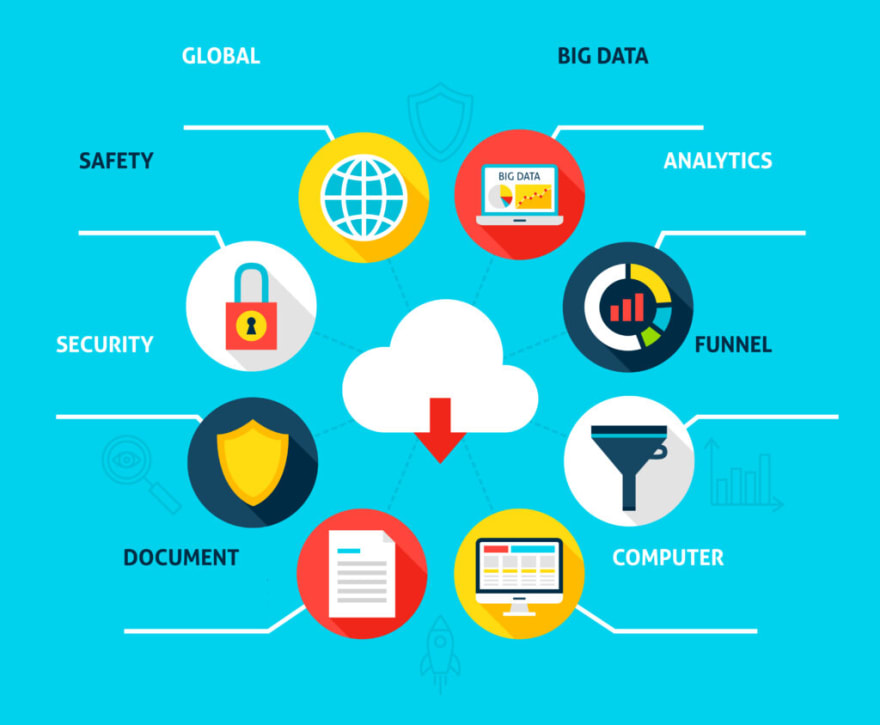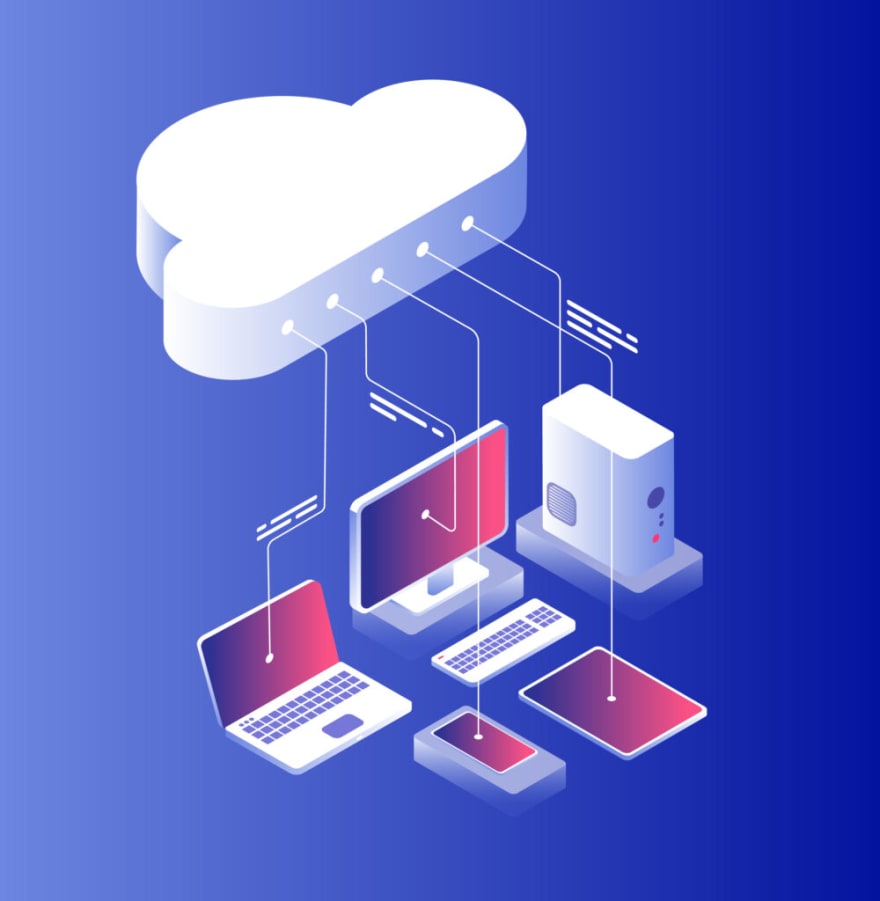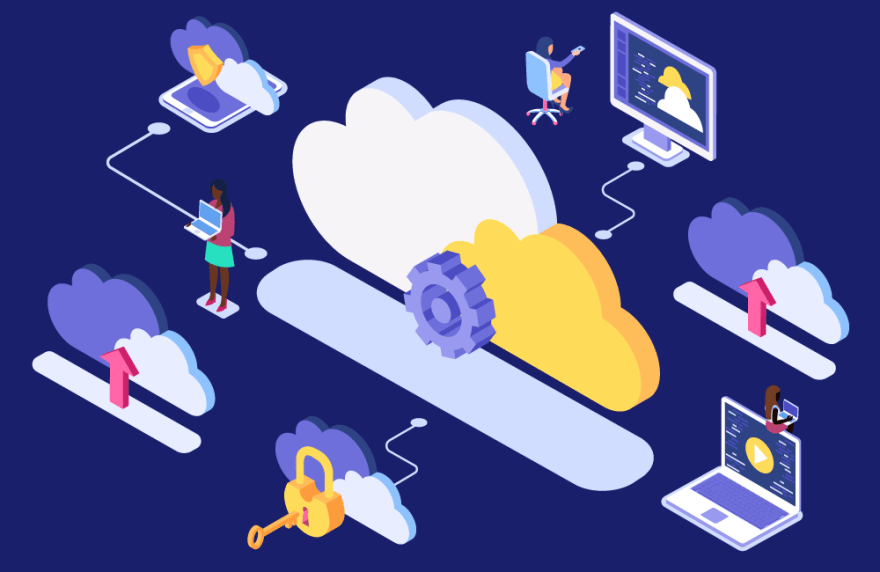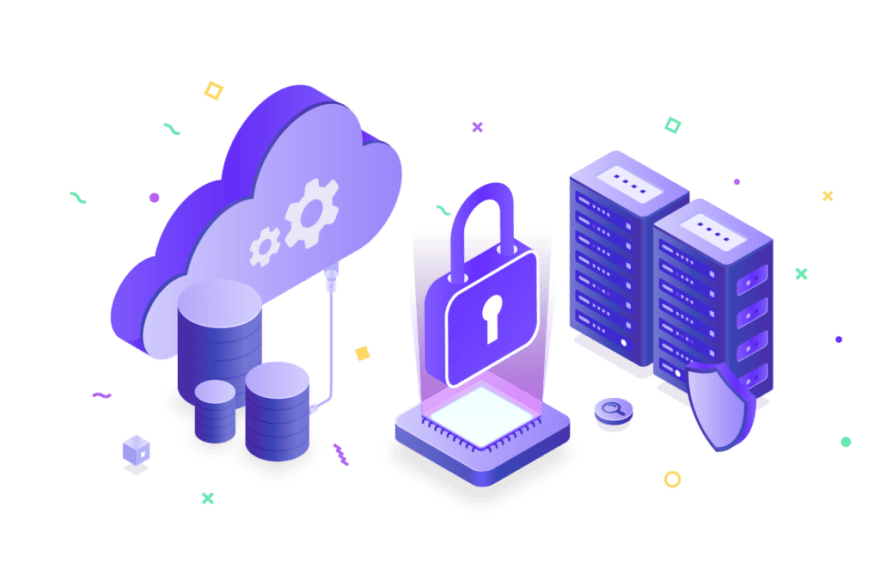The COVID-19 pandemic forced the world to rethink not only their lives but also their business operations. There was a pressing need for organizations to transition into a new operating model to be able to thrive. A complete shift to virtual working and protecting sensitive data were at the crux of this model. Virtual working entails cloud computing which as a result entails the risk of security breaches and sensitive information being leaked or deleted. This is precisely what Microsoft recently warned its customers about.
Microsoft's Azure Cosmos DB, a global multi-model database service, had a vulnerability in its primary read-write key that could be exploited to access the databases held by thousands of companies. This discovery accompanies months of bad security-related incidents for the tech giant and showcases the vulnerabilities of storing sensitive information on the cloud.
Storing data in the cloud is one of the most cost-effective investments with an astounding ROI and it helps organizations of all sizes function at a planet scale. The cloud has the potential to be completely secure and help save millions of dollars by thwarting data breaches if organizations understand and mitigate the risks of the cyber world.
5 Reasons Cloud security is important
Cloud security is a form of cybersecurity that consists of a set of policies, controls, technologies and practices that work together to protect cloud computing systems. These security measures are configured to secure cloud data and digital assets against cybersecurity breaches. As security threats evolve constantly, having robust cloud security has become the need of the hour. Let's look at a few reasons why cloud security is essential.
1. Remote working
One of the best parts of cloud-based operations is accessibility. The main database and all essential services can be accessed from anywhere allowing global employee hiring as well as flexible work schedules. However, the risk to this sort of flexibility is the lack of cybersecurity practices with employees. When working remotely, people tend to work from unsecured internet networks. Cybercriminals use these networks as pathways to get into an organization's databases and software supply chain.
2. Access levels
Accidental data leaks have become increasingly common in many organizations. The number one reason for this is poor security practices among employees. One way to enforce better security practices among employees is by building access levels. This entails limiting data access to only those who require it, thus, ensuring sensitive data is in the reach of only a select few.
3. Centralized security
Cloud security centralizes protection by streamlining the monitoring process and helps deal with security breaches more efficiently. This factors in especially when dealing with either a public or hybrid cloud where a third-party provider has access to your data. Therefore, it is important to stay on top of things and choose a provider with the best cloud security for long term businesses.
4. Disaster recovery
Disasters are unpredictable. When they strike, they have the potential to erase all data and bring an organization to a halt or even complete closure. Since cloud computing is entirely centralized, even the smallest damage gets magnified. This is precisely why it is essential for companies to implement ways to secure their data and applications and have elaborate disaster recovery plans in place.
5. Regulation compliance
There are certain rules and regulations -- such as HIPPA and GDPR -- that governments and regulators have in place in order to ensure the security of customer data. These have certain data protection standards that companies need to follow through and through. A data breach goes beyond damages in brand reputation and finances, it involves being held accountable by external parties as well.
Common cloud security challenges
Unsecured APIs
The most challenging aspect of the cloud is its multiple entry points as they provide the opportunity for multiple points of attack. These points usually come from insecure APIs. So even if the cloud is safe, attackers can compromise data by infiltrating vulnerable APIs and fragmented attack areas. This is why it is essential to examine each application for threat prevention.
Data breaches -- outsiders & insiders
Data breaches are one of the most common and notable threats to cloud security. There are two ways in which a data breach could happen. The first is when someone from the outside like a hacker infiltrates a company's network through various means. The second is when employees lack data security and IT knowledge and end up leaking data by not using secure devices and networks. Organizations need to have strategies in place to be able to deal with these breaches efficiently to minimize damage.
Cloud migration issues
Cloud migration is when a company moves its digital assets to a cloud-computing environment. Since this kind of movement happens on a considerably large scale, it exposes a company to huge risks. The most essential factor in ensuring a flawless transition is to break down the migration process into different stages. It is important that companies keep their migration strategies as simple and straightforward as possible to reduce the risk of vulnerabilities.
8 fundamental steps to secure cloud data
1. Create a dependency graph
A dependency graph is a graph that maps out the dependencies of several components towards each other. It is sort of like a family tree for digital networks. Since a dependency graph includes every component of the digital network and its relation with other components, it becomes easy to review the dependencies at multiple stages to identify unexpected insecurities.
Other than direct dependencies in particular components, dependency can also be transitive where even if a dependency does not affect you but affects another dependency of yours, then you are still dependent on it. It is always better to eliminate unnecessary dependencies as it reduces the surface size of a security attack. Creating a dependency graph helps understand and specify dependencies at various stages. Subsequently, steps to mitigate these dependencies can be formulated.
2. Encrypt data before uploading to the cloud
One of the easiest ways to secure your data is to encrypt it before uploading it to the cloud. Any intruder will have to decrypt the data before gaining access to any sensitive information. Data encryption is fairly simple as you can just download any encryption software and create a unique encryption key for your files before uploading them.
When companies upload their data on the cloud, it happens on a large scale and contains a lot of sensitive information. If the keys encrypting this data have even the slightest bit of vulnerability, attackers can leverage this to access the entire database of the company. Therefore, when encrypting data, it is essential to make sure that only a trusted few employees have complete control over the encryption keys and no third-party provider has access to it.
3. Run a security assessment
Running a security assessment helps companies test their overall security posture and identify gaps in their development environment. This can be done by running a security audit that assesses the security of a system's configuration, software and user practices. It helps identify security loopholes by measuring existing security practices against threats. It also helps companies comply with external regulatory policies. Running a thorough security assessment is necessary to implement effective security strategies.
4. Document assets in the cloud
Companies that function through a cloud-computing network need to document the assets that they are uploading to the cloud. They should also be aware of the current security bearing of these assets. Since companies upload data on a large scale, they need to be mindful of what needs to be documented and what doesn't. A few important resources to document are:
- The databases and applications running on a cloud resource.
- User access to critical information and account privileges.
- Public IP addresses connected to your cloud accounts.
- Keys and their characteristics.
- Connections between assets and resources so as to identify vulnerable pathways.
5. Establish a backup and recovery plan
There is a common misconception that just because data is stored in the cloud it can be recovered automatically but this isn't true by any means. Stored data can be destroyed or corrupted at any moment. To add to this, faulty software updates and bugs can also result in loss of data. Most companies backup their data either on-premise, in the cloud or in a Cloud Disaster Recovery (DR) -- a backup strategy that stores and preserves copies of data. A smart thing to do is to use the cloud as a backup reservoir instead of a data center as most of them have built-in cost-effective, reliable and robust data recovery solutions.
Additionally, vendors that are now providing "backup-as-a-service" have been emerging. backup-as-a-service facilitates a secure backup of an organization's data in the cloud and eliminates the need to manage data protection on a daily basis.
6. Test and test again
Cloud security practices do not stop at merely setting up a cloud infrastructure. There needs to be multiple rounds of vigorous testing to gauge the effectiveness and security of this infrastructure. Among various kinds of cloud-based testing, two of the most important ones are regression testing and penetration testing.
End-to-end regression testing helps ascertain if a software upgrade is negatively impacting the software's existing features across a pool of device platforms efficiently. Penetration testing, on the other hand, is a simulated cyberattack that helps uncover exploitable insecurities in a computer network.
Another important aspect of testing is keeping track of emerging threats. This can be done through the MITRE ATT&CK framework which is a free, globally accessible framework that provides the latest cyberthreat information. Through this framework, organizations can evaluate their security measures and strengthen their cybersecurity strategies. The evaluation standards of the framework are different for each organization as it is formulated based on their cybersecurity strategies. The best feature of the framework is that apart from indicating threats, it also helps companies make educated guesses to detect and track attacker behaviour.
7. Conduct continuous monitoring
Maintaining continuous monitoring of the cloud environment is important to minimize security breaches as it helps in the rapid detection of compliance issues, configuration changes and other changes to the data. This detection is done in real-time thus equipping companies with critical information that can enable them to contain an attack before it causes too much damage. A few tips to keep in mind when implementing continuous marketing are:
- Keep the latest inventory of cloud assets and resources. Since a cloud-computing network has tons of resources, it is difficult to keep an eye on them. Companies need to ensure that they have an inventory of all their resources and that there are conversations about queries and other information across their entire cloud estate.
- Adhere to best security practices in order to avoid data leaks. This helps an organization hold up its end of the model and mitigate risks proactively.
8. Lock down the CI/CD pipeline
When formulating strategies to secure cloud data, a key area of focus is the CI/CD pipeline. This is mainly due to two reasons. First, the CI/CD pipeline is an extensive system involving multiple steps from code to cloud. Second, the CI/CD pipeline is the point of initiation of any and all applications.
A good CI/CD security solution should have end-to-end visibility into every step of the CI/CD pipeline. Argon, the first unified security solution, proves to be just that. It has the means and the ability to analyze every component of a DevOps pipeline and ensure that they are secured end-to-end.
Argon provides organizations complete control over their software and its networks. Complete control over an organization's software means keeping a close eye on every step of the CI/CD pipeline thus minimizing the possibility of security breaches significantly.
Argon can help carry out the principle of least privilege where an employee is permitted to access the resources that are essential to perform a task at hand. The security solution can identify and eliminate threats from open-source and third-party plugins. When used in combination with the seven steps above, Argon has the potential to be the best security solution.
With the digitalization of businesses, the shift to a complete cloud-computing system is inevitable. And since the only way of attacking organizations these days is through their virtual systems, securing cloud data and supply chains is the need of the hour. Using the eight fundamental steps mentioned above along with a powerful tool like Argon can be one of the most significant steps you take to ensure your software supply chain is protected from all kinds of attacks.











Oldest comments (0)